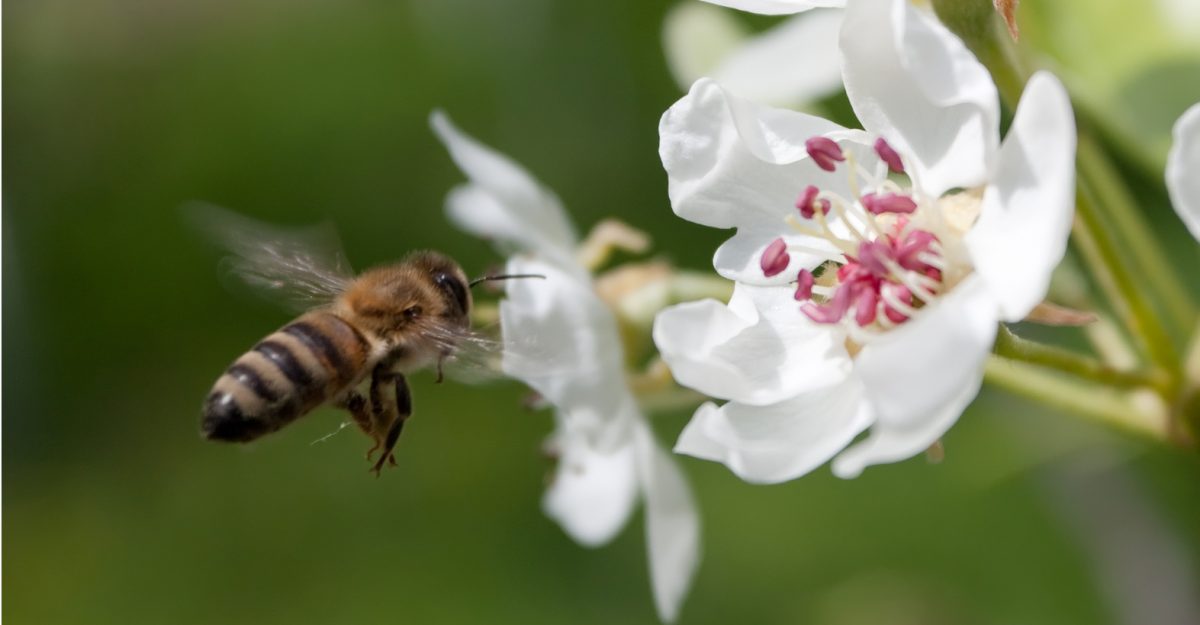Apiculture New Zealand (ApiNZ) says a gradual rise in New Zealand’s bee colony loss rates highlights the need for ongoing attention to bee health issues.
The overall colony loss rate was 8.4 % in 2015, 9.6% in 2016 and 9.7% in 2017.
His organisation was concerned at the further increase in colony loss rates to 10.2% in 2018, said Barry Foster, chair of ApiNZ’s Science and Research Focus Group and a member of the NZ Colony Loss Survey advisory group.
“While the national colony loss rates remain significantly lower than many other countries, we cannot afford to be complacent given the importance of honey bees, particularly in relation to New Zealand’s agriculture and horticulture sectors.”
More than 3,600 beekeepers completed the 2018 Colony Loss Survey, which was carried out on behalf of Biosecurity New Zealand by Manaaki Whenua – Landcare Research.
Biosecurity New Zealand’s biosecurity surveillance and incursion (aquatic and environment health) manager, Dr Michael Taylor, said the numbers of beekeepers participating in the self-reporting survey represents 47% of New Zealand’s registered beekeepers and 42% of registered colonies.
This is the highest response rate in the four years of doing the survey.
“We have seen a slight increase in reported colony losses across the country every year since we began doing this survey 4 years ago,” says Dr Taylor.
While this loss rate is still relatively low compared with many other countries, it did highlight the importance of ensuring good biosecurity, colony health and beekeeping practice “and we should strive for better outcomes, he said.
The most commonly reported causes of colony losses, accounting for 80 percent of losses in 2018, were:
- queen problems (such as drone layers, queen disappearance or not laying eggs)
- suspected varroa mite infestation
- suspected starvation of bees (caused by weather and other factors)
- wasps (which kill bees, eat pupae and steal honey).
Less common were losses caused by American foulbrood disease, theft and vandalism, toxicity, accidents, and Argentine ants.
“The beekeeping industry and Biosecurity New Zealand must work closely together to ensure the long term health of our honey bee colonies,” said Dr Taylor.
“The survey data shows interesting variation in loss rates, and some clues as to the causes of those losses, across different regions.
“For example, there has been an increase in annual winter colony losses reported for the South Island and the top of the North Island.
“However, I am pleased to see that beekeepers in the middle and south of the North Island on the other hand are bucking the national trend, reporting decreased rates of colony losses since 2016. The 2018 loss figures for these areas are 9.9 percent and 8.1 percent respectively, the lowest results in the country.”
Beekeepers make up colony losses every year with new colonies that they split from existing colonies. Queens are either created by the beekeeper or introduced as new queens from a queen breeder.
The Bee Colony Loss Survey provides baseline information for monitoring managed honey bee colony loss and survival over time.
Mr Foster said the leading causes of bee loss, such as queen problems, suspected varroa, wasps and suspected starvation, were all similar to the previous years’ surveys and highlighted the need for ongoing education and research into critical bee health.
“With the strong growth in our industry over the past few years we have seen a significant increase in new beekeepers entering the industry from 6,558 in January 2016 to 9,429 in January 2019, a 44% increase.”
To assist in getting new beekeepers up to speed on how to effectively manage bee health, ApiNZ has provided a range of tools and resources available through the New to Beekeeping webpage and is urging new beekeepers to learn from experienced beekeepers through their local beekeeping club or hub.
Members of the ApiNZ Science and Research focus group will be analysing the full data set of results from the 2018 survey against surveys from previous years. From this they hope to gauge any trends and to highlight any significant changes that they can then inform industry to assist with ongoing research priorities.
“The survey is a critical tool for our industry as it helps us gain a better understanding of trends and emerging challenges around colony losses,” said Mr Foster. “This helps steer the direction of further research and other actions needed.
“It is good to see growing industry support and involvement in the survey, with 3,655 respondents from both the commercial and non-commercial sectors. That’s a big increase on last year’s numbers at just over 2,000 and shows that beekeepers value this survey and the results it gives.”
The full report can be read here on the MPI website.
Sources: Apiculture NZ; Ministry for Primary Industries












